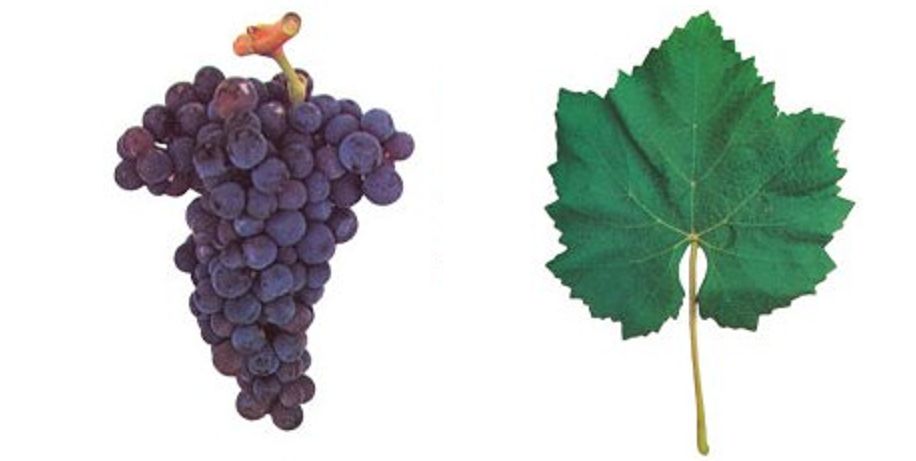The red grape variety originates from Portugal. Synonyms are Bastardo Castico, Bastardo Espanhol, Catelão, Castelão, Castelão Real, Castellam, Castellao Portugues, Castico, João de Periquita, João de Santarém, João de Santarém Tinto, João Santarém, Lariao Preto, Mortágua, Mortágua de Vide Branca, Olho de Lebre, Perikvita, Periquita, Piriquita, Piriquito, Pirriquita and Trincadeira. The variety was first mentioned in 1531 by the ampelographer Rui Fernandes under the obviously misspelled name Catelão. José Maria da Fonseca, who founded a vineyard in Azeitão south of Lisbon in 1834 and introduced the variety here, played a key role in its spread. The first vines were planted on a vineyard called "Periquita". The wine was so successful that it also became popular under this name.

According to several DNA analyses, most recently carried out in 2020, it is probably a natural cross between Cayetana Blanca x Alfrocheiro. However, this is based on only 20 DNA markers (see molecular genetics). Despite seemingly suggestive synonyms or morphological similarities, it should not be confused with its numerous sibling varieties (see a list under Cayetana Blanca) or the varieties Pedral, Trincadeira Preta or Trousseau Noir. The variety was a crossing partner of the new varieties Agronómica, Água Santa, Algarvia, Complexa, Lusitana, Moscargo, Moscatel Nazareno, Mulata, Naia, Primavera, Santarena, Tinta de Alcoa, Tintem, Triunfo and Valbom.
The early-ripening vine is susceptible to small berries (Millerandage) and coulure, but is generally resistant to all types of disease. It produces aromatic, tannic, colourful red wines with aromas of wild berries and very good ageing potential. Grown mainly in the Alentejo, Douro, Setúbal and Tejo regions, the variety is used primarily for blending red and rosé wines and also for sparkling wine production. The area under vines in Portugal totals 12,580 hectares. In Spain, there is a tiny area of 0.1 hectares. In 2016, a total of 12,580 hectares of vineyards were designated. This puts it in 59th place in the global grape variety ranking (Kym Anderson).
Source: Wine Grapes / J. Robinson, J. Harding, J. Vouillamoz / Penguin Books Ltd. 2012
Graphic: From Wines of Portugal, CC BY 3.0, Link
Voices of our members

As honorary chairman of the Domäne Wachau, it is the easiest and quickest way for me to access the wein.plus encyclopaedia when I have questions. The certainty of receiving well-founded and up-to-date information here makes it an indispensable guide.
Hans-Georg Schwarz
Ehrenobmann der Domäne Wachau (Wachau)